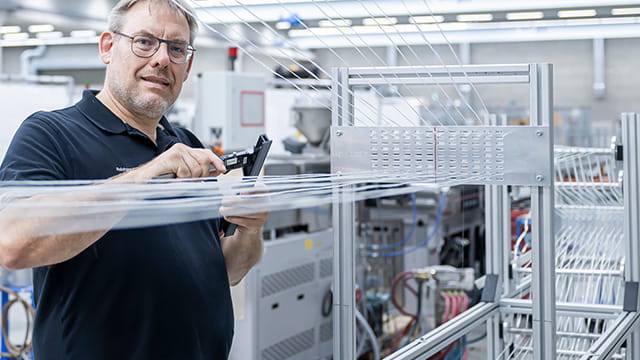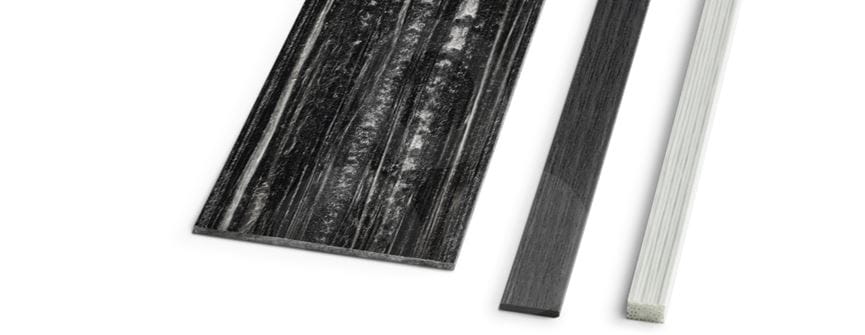
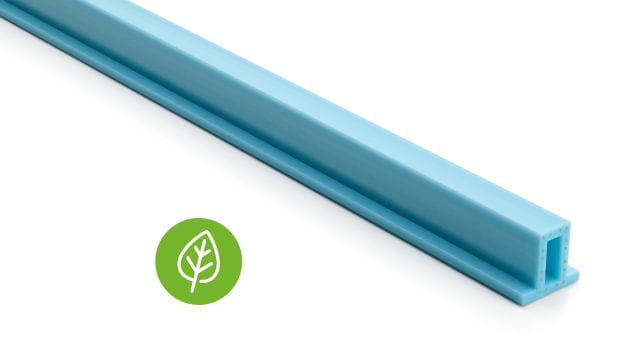
Compared to thermosets, thermoplastics are the more environmentally friendly solution. They are
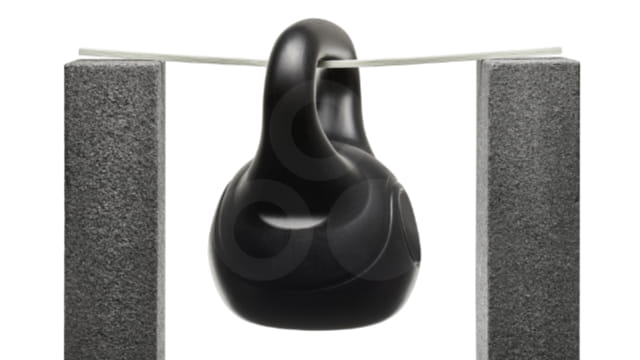
The targeted arrangement of bundled continuous fibres (rovings) combined with short fibres contributes to
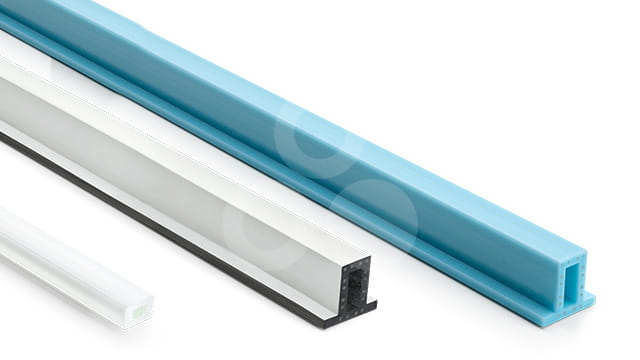
Depending on the application and function, materials, fibres and additives are selected for
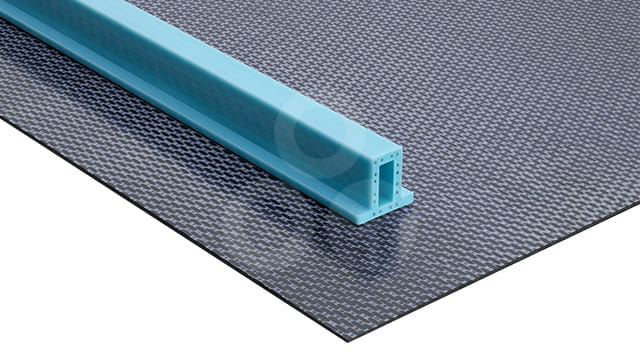
Further processing and functional glazing
Thermoplastic pultruded profiles can be ideally combined with other thermoplastic components and processes. This allows complex components with a high degree of functionalisation to be realised. For example, the profiles can be welded together with thermoplastic composite materials as structural elements or used as reinforcing elements in the overmoulding process.
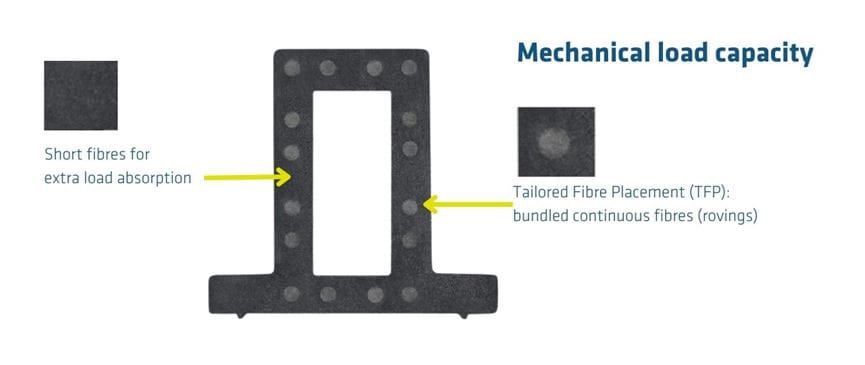
Material |
Density |
Flexural strength |
Modulus of elasticity |
| [g/cm2] | [MPa] | [GPa] | |
|
Auminium EN AW-6060 T66 |
2,7 | 215 | 69.500 |
|
Pultruded profile made of polyester resin |
1,8 | 250 | 28.000 |
|
Extruded profile made of unreinforced PA |
1,1 | 100 | 2.900 |
|
Extruded profile made of PA with 40 vol% short glass fibres |
1,7 | 240 | 15.500 |
| Pultruded profile made of PA with 47 vol% glass fibre (UD) rovings | 1,8 | 400 | 37.500 |
